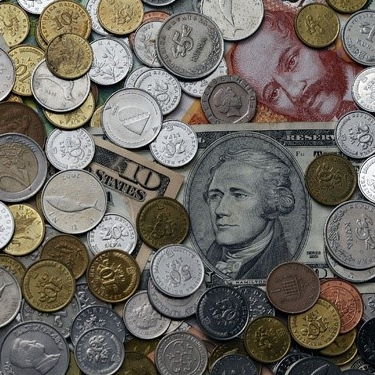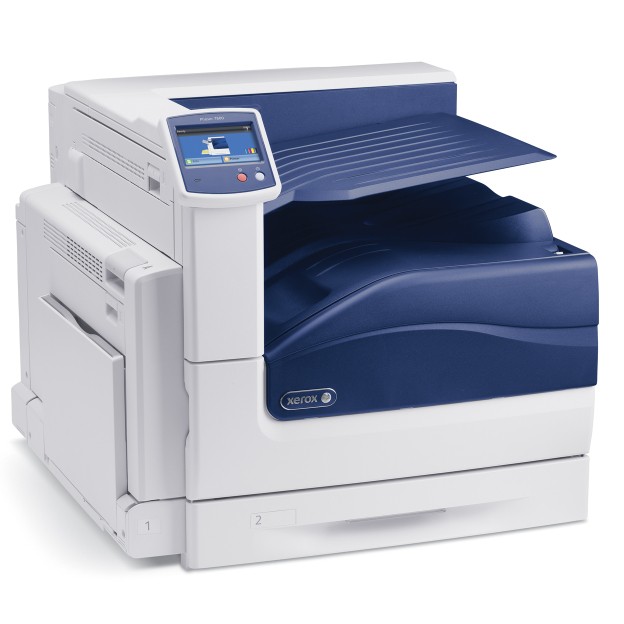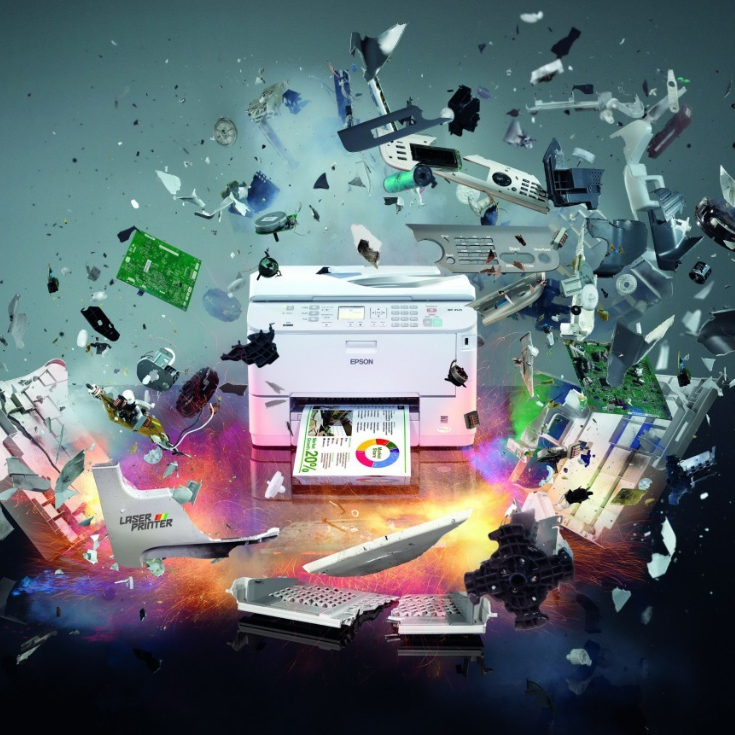How Inkjet Printers Are Changing the Art of Counterfeit Money
 Nearly 60 percent of the fake $88.7 million recouped last year was created using inkjet or laser printers.
Nearly 60 percent of the fake $88.7 million recouped last year was created using inkjet or laser printers.
The U.S. government recouped more than $88 million in counterfeit currency last year, and more than half of it was made on regular old inkjet or laser printers.
That’s according to Bloomberg, which tells the story of a woman who pleaded guilty to counterfeiting up to $20,000 in fake bills over a two-year period. She took $5 bills, soaked them in degreaser, scrubbed off the ink with a toothbrush, dried them with a hairdryer, then reprinted them as $50 and $100 on a Hewlett-Packard printer, the news service said.
While the counterfeiting business used to be specialized, these days it’s easy for anyone with a printer to give it a try. And that’s just what’s happening in the United States. More from Bloomberg:
“Statistics highlight the growth: In 1995, less than 1 percent of fake bills were produced on digital printers. In the last fiscal year, nearly 60 percent of the $88.7 million in counterfeit currency recovered in the U.S. was created using inkjet or laser printers, the Secret Service says.”
That’s not the case outside of the United States, where most of the fake $68 million—in U.S. dollars—recovered last year was made with commercial-grade offset presses. The Secret Service says those kinds of machines are super efficient and can “more easily escape detection by U.S. authorities and even operate with the backing of corrupt governments,” according to Bloomberg.
Counterfeit currency has a long history in the United States. During the Civil War, one-third of all the money in U.S. circulation was fake, according to the Secret Service. (The agency was established in 1865 as a response to widespread counterfeiting.)
(Source: www.theatlantic.com)




Leave a Comment
Want to join the discussion?Feel free to contribute!